Molecular prognostic profile of egyptian HCC cases infected with hepatitis C virus
Background: Hepatocellular carcinoma (HCC) is a common and aggressive malignancy. Despite of the improvements in its treatment, HCC prognosis remains poor due to its recurrence after resection. This study provides complete genetic profile for Egyptian HCC. Genome-wide analyses were performed to identify the predictive signatures. Patients and Methods: Liver tissue was collected from 31 patients with diagnosis of HCC and gene expression levels in the tumours and their adjacent non-neoplastic tissues samples were studied by analyzing changes by microarray then correlate these with the clinico
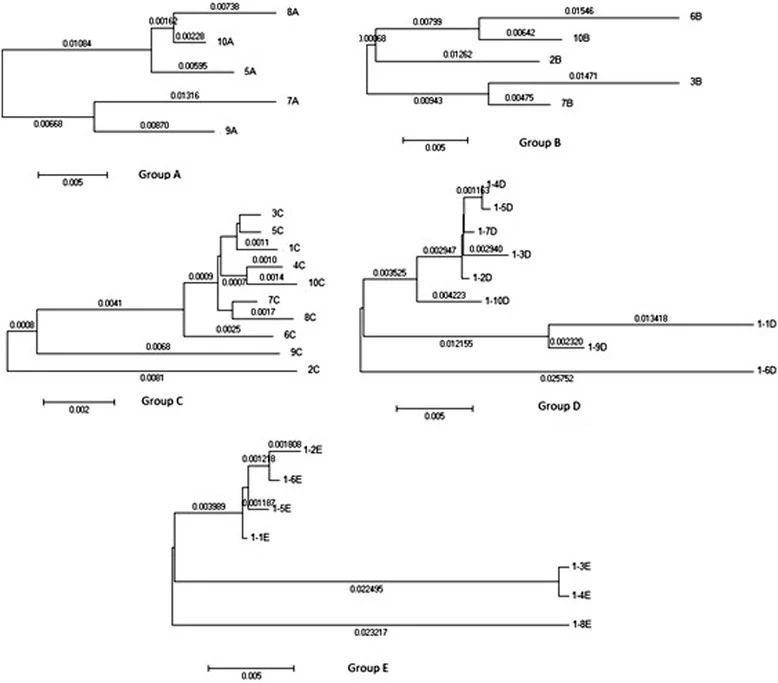
New insight into HCV E1/E2 region of genotype 4a
Introduction: Hepatitis C virus (HCV) genome contains two envelope proteins (E1 and E2) responsible for the virus entry into the cell. There is a substantial lack of sequences covering the full length of E1/E2 region for genotype 4. Our study aims at providing new sequences as well as characterizing the genetic divergence of the E1/E2 region of HCV 4a using our new sequences along with all publicly available datasets. Methods: The genomic segments covering the whole E1/E2 region were isolated from Egyptian HCV patients and sequenced. The resulting 36 sequences 36 were analyzed using sequence
Estimation of the myocardium rotation from standard cine Magnetic Resonance Imaging sequences
Myocardium rotation and torsion are important indicators of the cardiac function. Currently, tagged Magnetic Resonance Imaging (tMRI) sequences are analyzed to estimate these parameters. Unfortunately, tMRI is not widely used in clinical practice because it prolongs the scanning time and requires sophisticated analysis software. In this work, we present a method for estimating the myocardium rotation from standard cine MRI sequences. The method is based on identifying special features, i.e. landmarks, of the intensity pattern around the myocardium borders at each timeframe. Each set of
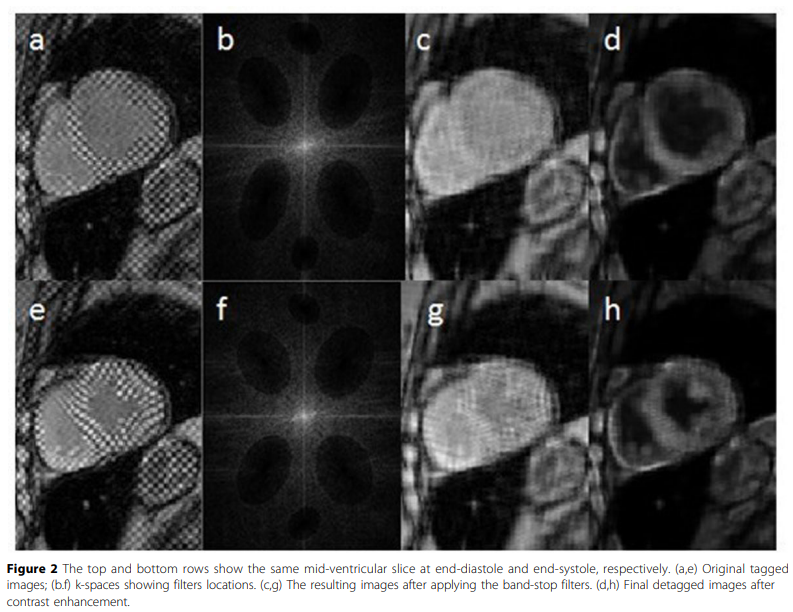
Evaluation of the cardiac global function from tagged magnetic resonance images
Tagged Magnetic Resonance (MR) images are considered the gold standard for evaluating the cardiac regional function. Nevertheless, the low myocardium-to-blood contrast in tagged MR images prevents accurate segmentation of the myocardium, and hence, hinders the quantitative assessment of the global function of the heart. In this work, a method for enhancing the myocardium-to-blood contrast in tagged MR images is proposed. First, the tag pattern in each input tagged MR image is removed using technique based on the image texture and the frequency components of the tag pattern to produce two
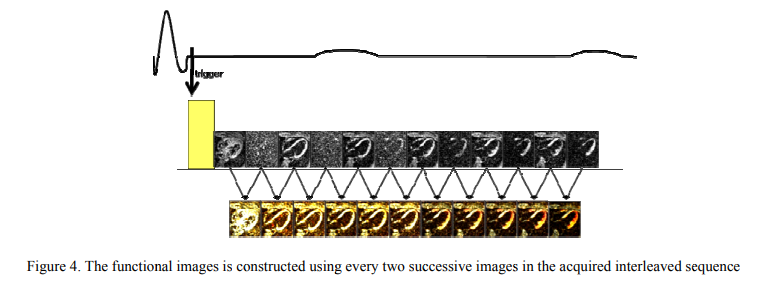
Strain correction in interleaved strain-encoded (SENC) cardiac MR
The strain encoding (SENC) technique directly encodes regional strain of the heart into the acquired MR images and produces two images with two different tunings so that longitudinal strain, on the short-axis view, or circumferential strain on the long-axis view, are measured. Interleaving acquisition is used to shorten the acquisition time of the two tuned images by 50%, but it suffers from errors in the strain calculations due to inter-tunings motion of the heart. In this work, we propose a method to correct for the inter-tunings motion by estimating the motion-induced shift in the spatial
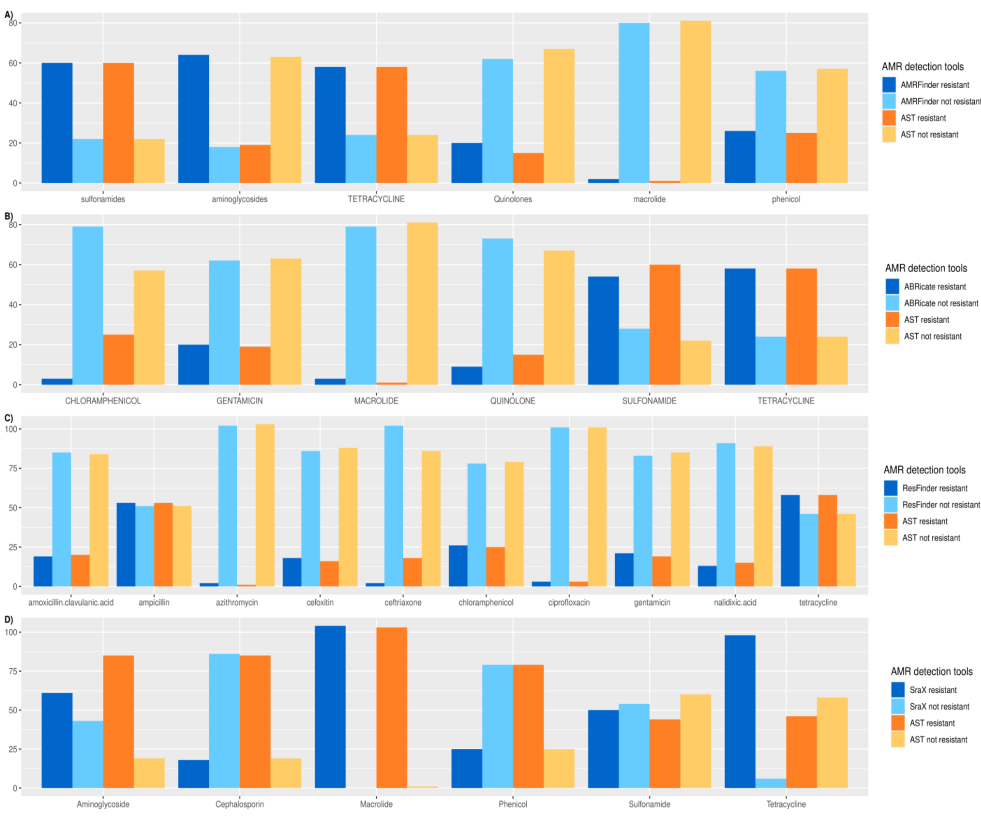
Benchmarking of Antimicrobial Resistance Gene Detection Tools in Assembled Bacterial Whole Genomes
Antimicrobial resistance (AMR) is one of the ten dangers threatening our world, according to the world health organization (WHO). Nowadays, there are plenty of electronic microbial genomics and metagenomics data records that represent host-associated microbiomes. These data introduce new insights and a comprehensive understanding of the current antibiotic resistance threats and the upcoming resistance outbreak. Many bioinformatics tools have been developed to detect the AMR genes based on different annotated databases of bacterial whole genome sequences (WGS). The number and structure of
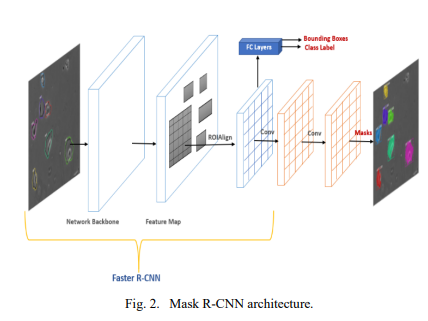
Instance Segmentation of 2D Label-Free Microscopic Images using Deep Learning
The precise detection and segmentation of cells in microscopic image sequences is an essential task in biomedical research, such as drug discovery and studying the development of tissues, organs, or entire organisms. However, the detection and segmentation of cells in phase contrast images with a halo and shade-off effects is still challenging. Lately, Mask Regional Convolutional Neural Network (Mask R-CNN) has been introduced for object detection and instance segmentation of natural images. This study investigates the efficacy of the Mask R-CNN to instantly detect and segment label-free
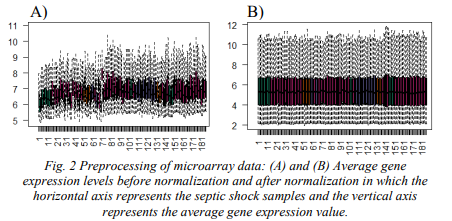
Studying Genes Related to the Survival Rate of Pediatric Septic Shock
Pediatric septic shock is generally considered as a devastating clinical syndrome that can lead to tissue damage and organ failure due to the over exaggerated immune response to an infection. Therefore, in this paper, we attempted to early identify the clinical course of such disease with the aid of peripheral blood T-cells of 181 pediatric patients who admitted to Intensive Care Unit (ICU), Accordingly, 34 differential expressed genes have been identified as biological genetic biomarkers. Minimum redundancy and maximum relevance feature selection strategy has been proposed for the discovery
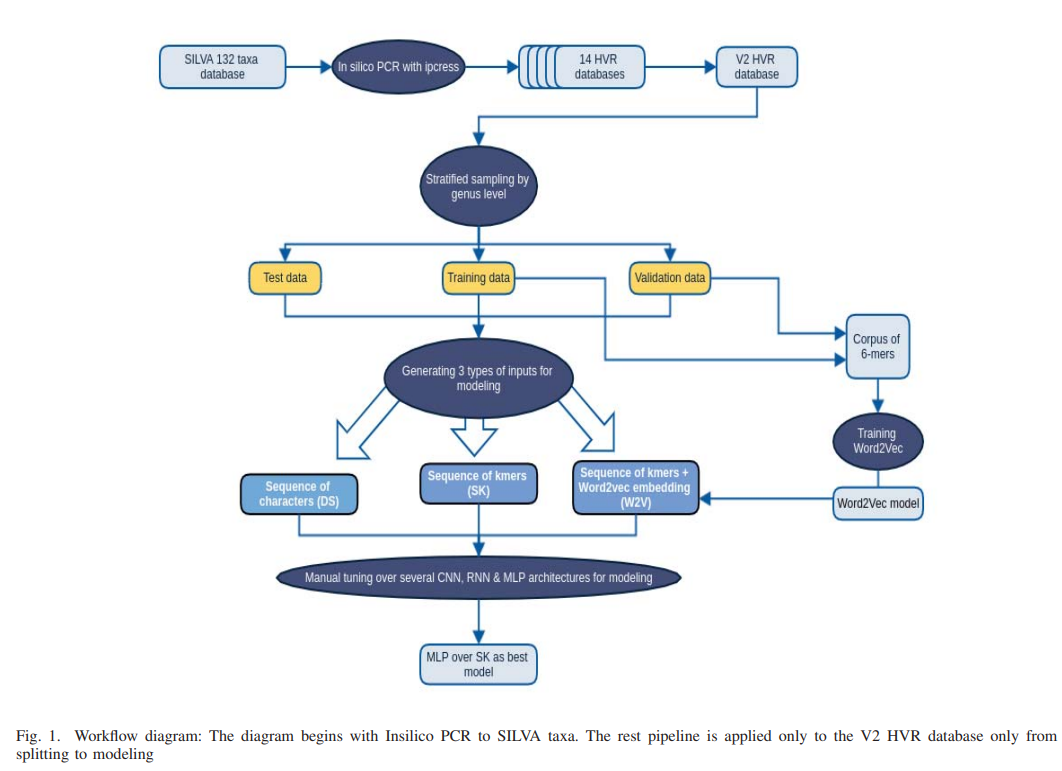
AmpliconNet: Sequence Based Multi-layer Perceptron for Amplicon Read Classification Using Real-time Data Augmentation
Taxonomic assignment is the core of targeted metagenomics approaches that aims to assign sequencing reads to their corresponding taxonomy. Sequence similarity searching and machine learning (ML) are two commonly used approaches for taxonomic assignment based on the 16S rRNA. Similarity based approaches require high computation resources, while ML approaches dont need these resources in prediction. The majority of these ML approaches depend on k-mer frequency rather than direct sequence, which leads to low accuracy on short reads as k-mer frequency doesnt consider k-mer position. Moreover
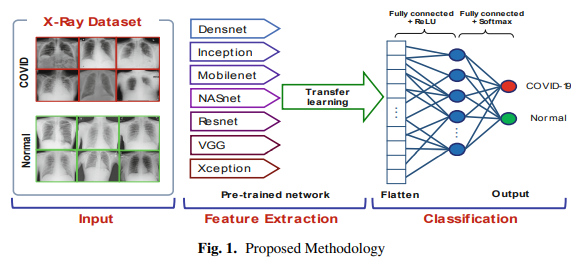
Detection of COVID-19 from Chest X-Ray Images Using Deep Neural Network with Fine-Tuning Approach
The coronavirus (COVID-2019) quickly spread throughout the world and came to be a pandemic. To avoid further spreading this epidemic and treat affected patients rapidly, it is important to recognize the positive cases as early as possible. In this paper, deep learning techniques are employed to detect COVID-19 from chest X-ray images quickly. The images of the two classes, COVID and No-findings are collected from three public datasets. The proposed approach consists of two phases; transfer learning and fine-tuning. Transfer learning is carried out by seven deep learning models: DenseNet
Pagination
- Previous page ‹‹
- Page 8
- Next page ››
